
Solar power
The world is embracing solar power on a scale we haven’t seen before; it’s a clean, abundant, inexhaustible source of energy bringing benefits at the local and global scale. Statkraft has developed solar projects for over twenty years, and our ambitions remain high.
We develop and own solar power assets, and are looking for opportunities to expand across the UK, as well as further into Europe, South America and India.
Having acquired solar pioneer Solarcentury in November 2020, our highly skilled solar development team operates across Europe and Latin America with a global pipeline of over 6.5GW, positioning us as a major developer in the European solar market.
Solar power in numbers
-
700 MWpUK solar projects installed
-
210,000Equivalent homes powered with green electricity
-
20British utility-scale solar farms built
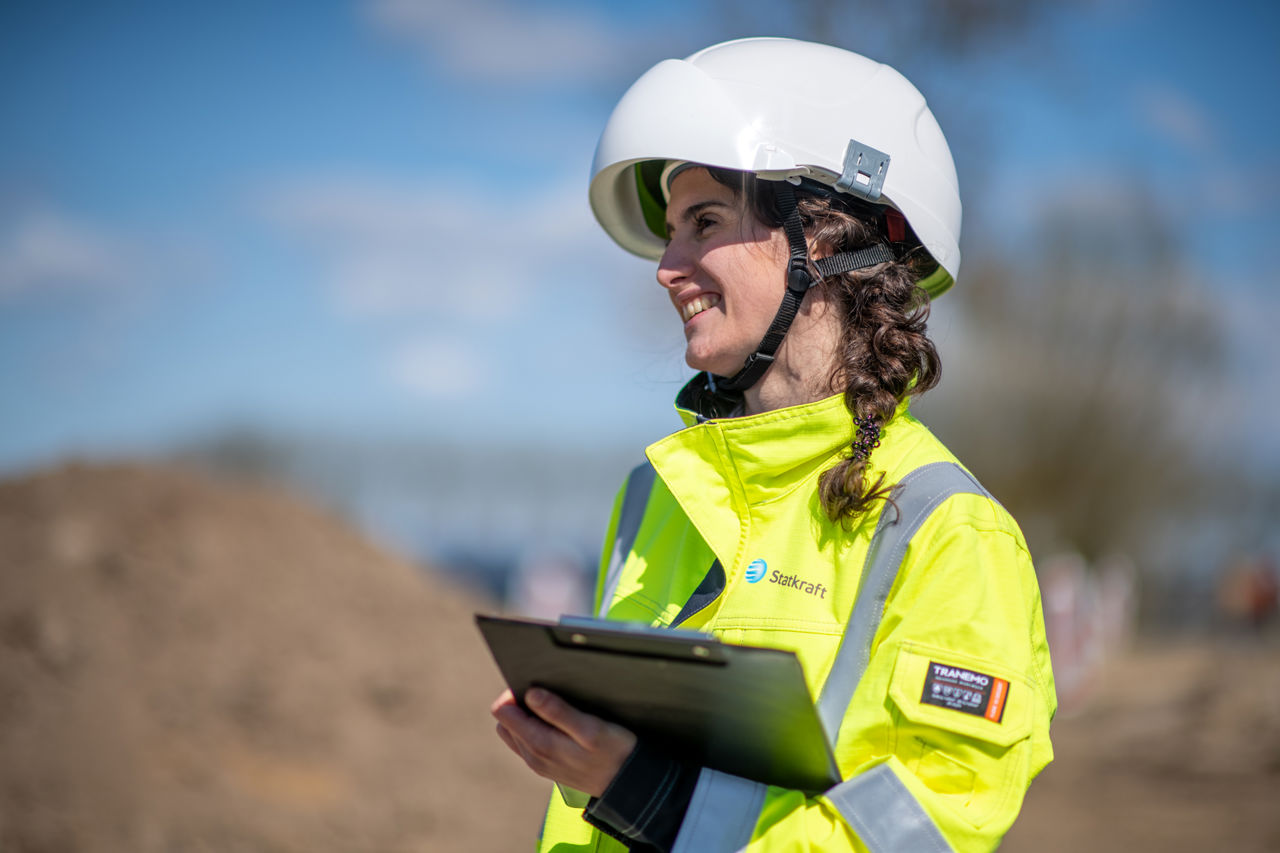
Our solar power ambitions
To meet the increased need for renewable energy solutions we are well positioned as a major solar and wind developer. In the UK we have built 1 GW of wind and solar to date, with ambitions to develop, another gigawatt of solar power by 2030.
Solar power is a highly scalable energy source, as solar projects exist in many different sizes, from small rooftops installations to utility-scale solar farms. Our strategic focus is on the latter type of development.
When Statkraft develops a solar farm, we can manage the whole process – from the early stages of community engagement, to the submission of a planning application, to financing, construction and operation of the solar farm. This engagement is key for both the landowner and the community, allowing us to work together on the plans and incorporate suggestions.
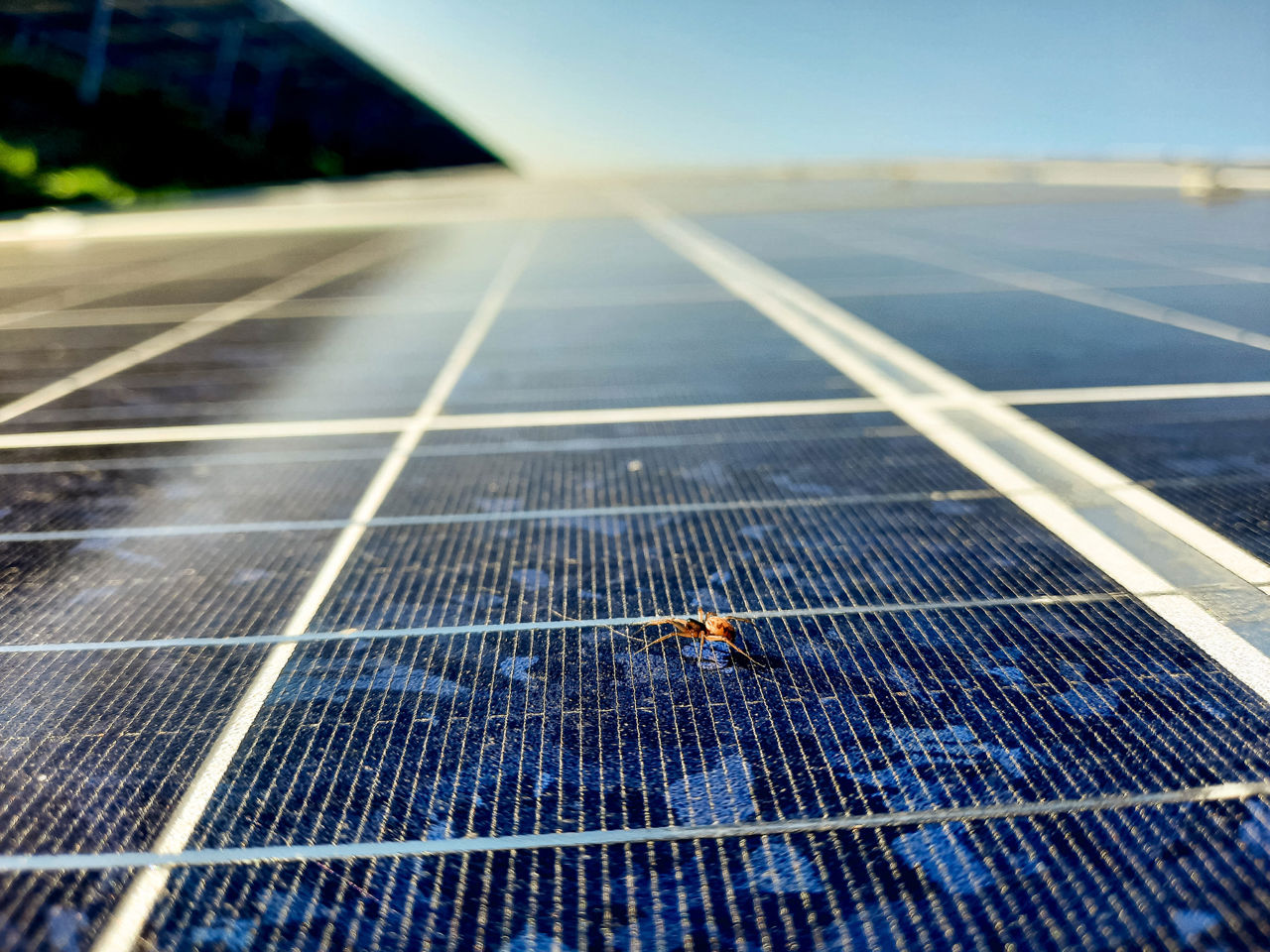
How solar works
The energy from the sun’s radiation is referred to as solar energy. This energy is received as heat and light and can be converted to various useable forms – the most common being electricity. Photovoltaic cells within solar panels convert the light energy from solar radiation into electricity, which is distributed from the grid for use in homes and businesses.
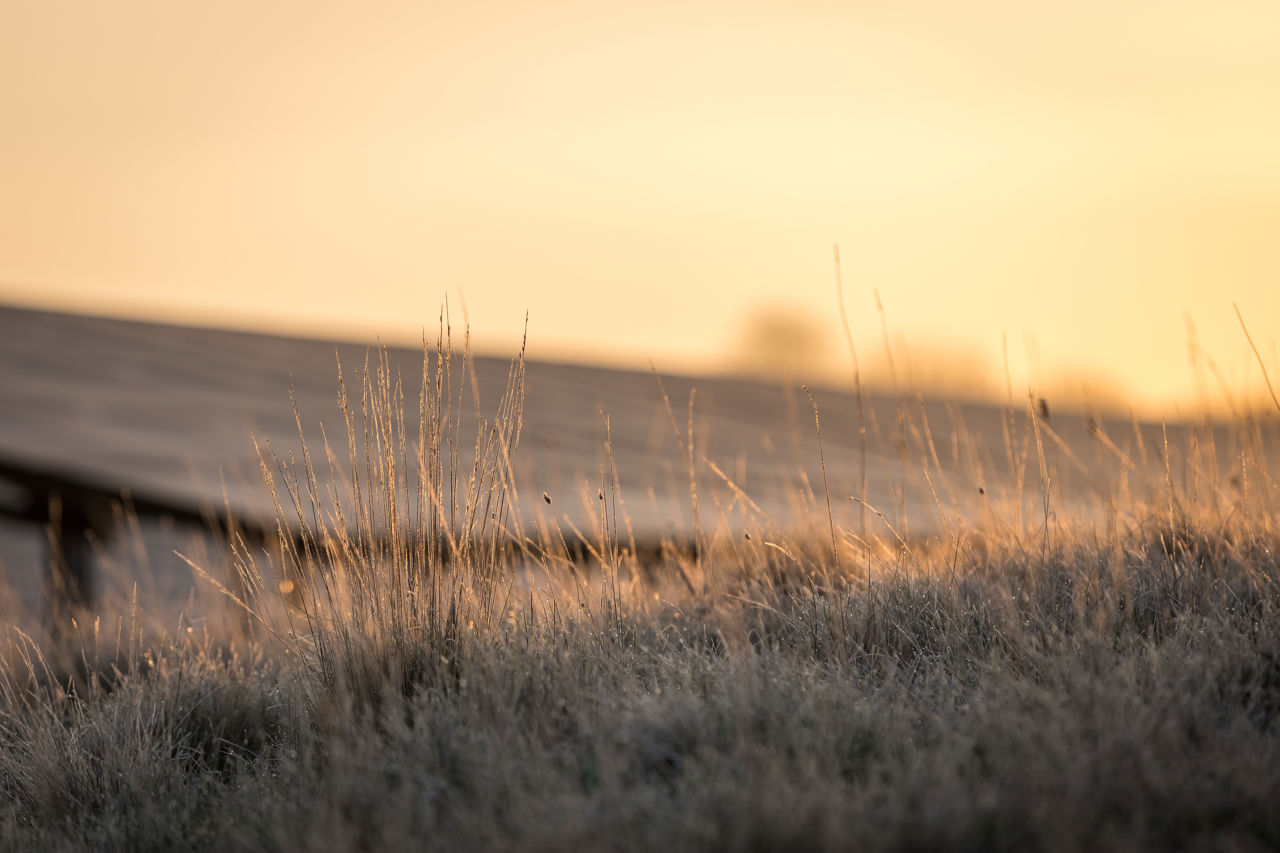
Countless benefits
At Statkraft we’ve embraced solar energy because of its low impact route to a sustainable future, which can enhance life for local communities and the environment.
Future energy: A solar farm will generate clean, renewable electricity for future generations. By generating more UK energy, we're also producing energy security by needing to import less.
Business rates: A solar farm can contribute millions of pounds in business rates to the local Council over the life of the project.
Jobs: We encourage local suppliers to work with us, playing a part in the construction or operation of the solar farm. Up to half a million pounds can be spent on locally sourced contracts and services during the construction phase.
Community benefits: We’re committed to being a good neighbour to the communities that host a solar farm - not just during the planning and construction phases, but for the life of the project. We set up a fund that can be spent on local projects, holding the belief that the local community should benefit from renewables, whilst the clean energy is being produced for the benefit of our climate.
Wildlife opportunities: For every solar farm we build, we look to improve the environment by planting wildflower meadow, improving hedgerows and providing bird and bat boxes. Solar energy farms provide great opportunities for micro habitats. The variety of dry and wet, and shaded and sunny areas, when properly planted and managed can support a variety of wildlife. We use only native seed and hedgerow appropriate to the location to encourage biodiversity and support species like endangered bumblebees with the support of the Bumblebee Conservation Trust.

In the last 100 years bumblebee populations have crashed, with two species becoming extinct in the UK. The land selected for a solar project has typically been dominated by intensive agriculture, stripping the soils of nutrients and the environment of wildlife diversity, yet they have the potential to provide an ideal environment for bee habitats because they can support a range of attractive microhabitats. The variety of dry and wet and shaded and sunny areas, if properly planted and managed, can encourage a wide variety of fauna.
That’s why we work closely with the experts at the Bumblebee Conservation Trust to develop habitat management practices at our solar farms which enhance, create and restore bumblebee habitats. The Bumblebee Conservation Trust provides feedback on habitat, plant species and ground preparation techniques which enable bumblebees to thrive.
Towards number one

Low Emissions Scenario
According to our Low Emissions Scenario, solar PV will become the largest source of power generation already in 2035, and in 2050 it will meet close to 40 per cent of the world’s energy demand. By that time, the cost of solar PV will have fallen by 50 per cent..
Read more
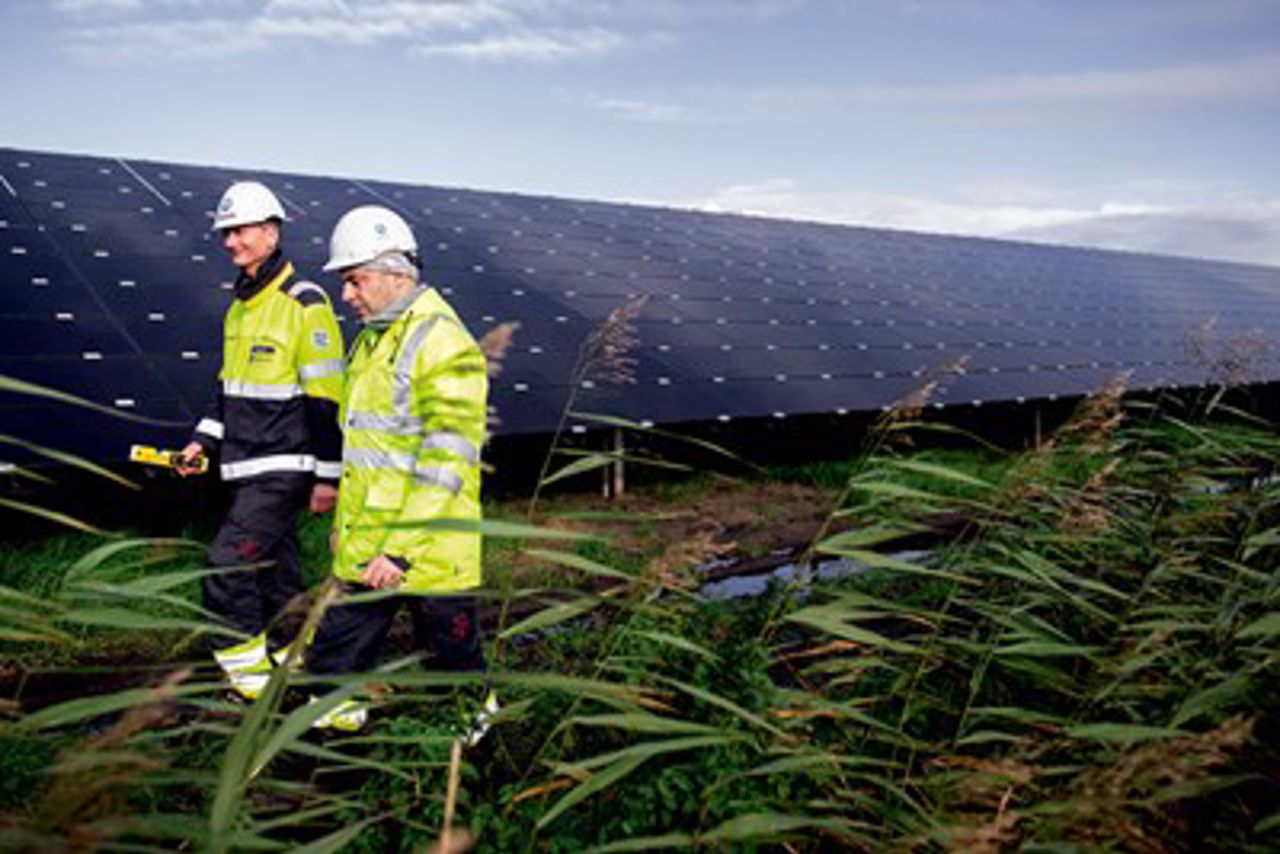
Lange Runde solar energy park will help the Netherlands meet its climate targets. Bart Robrecths and Andrea Boccabella from Statkraft's solar team kept the construction process on track.
Renewables: Bright future for solar energy
The sun is the fastest-growing energy source in the world. If the trend continues, up to 30 per cent of the world's electricity needs can be met by solar energy by 2040. This has renewed Statkraft's interest in investing in solar power.
Read more
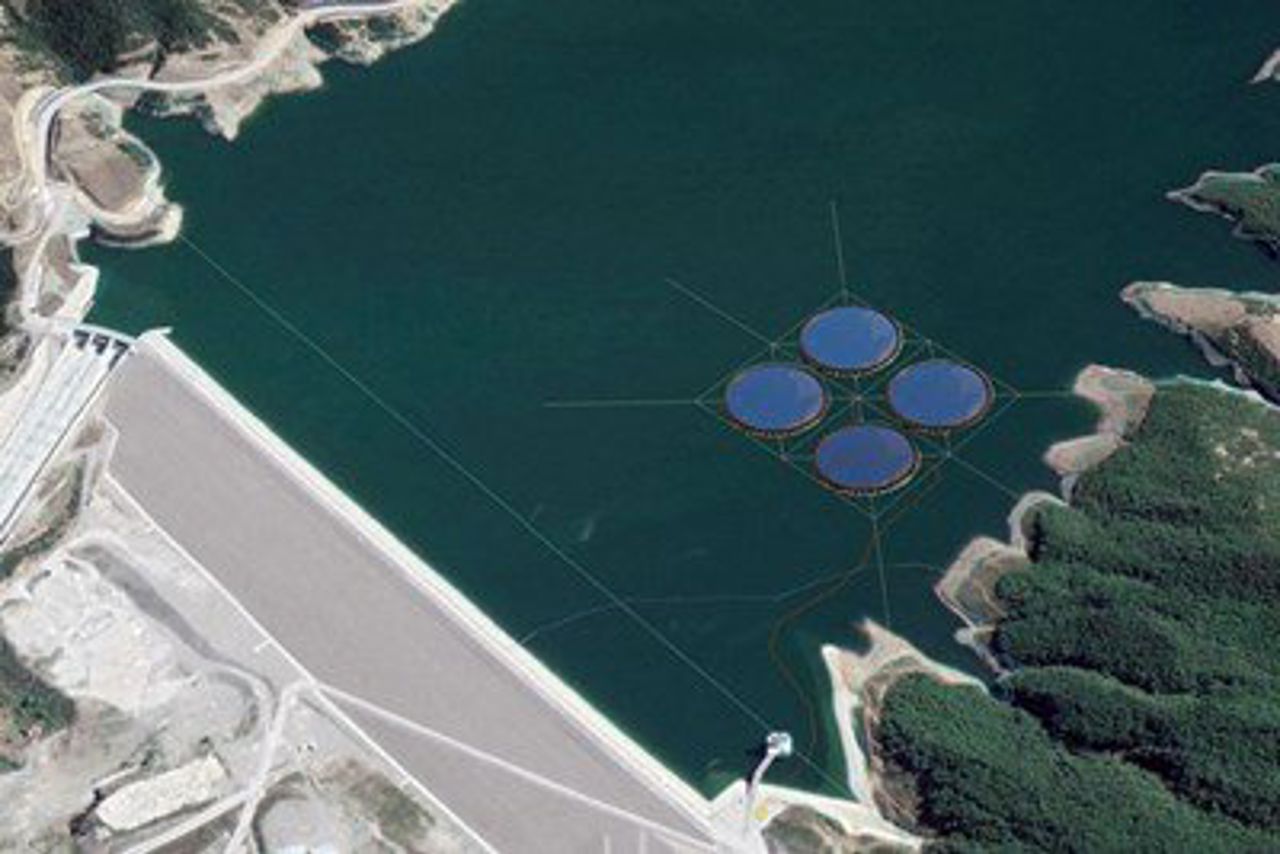
Floating solar power being tested in the reservoir at Statkraft's hydropower plant in Banja, Albania.
Renewable: First floating solar power plant
Calm reservoirs in sunny southern regions. Why not double the benefits and use the hydropower reservoirs to produce solar power too? For the first time, Statkraft is testing floating solar power at a hydropower plant in Albania.
Read more
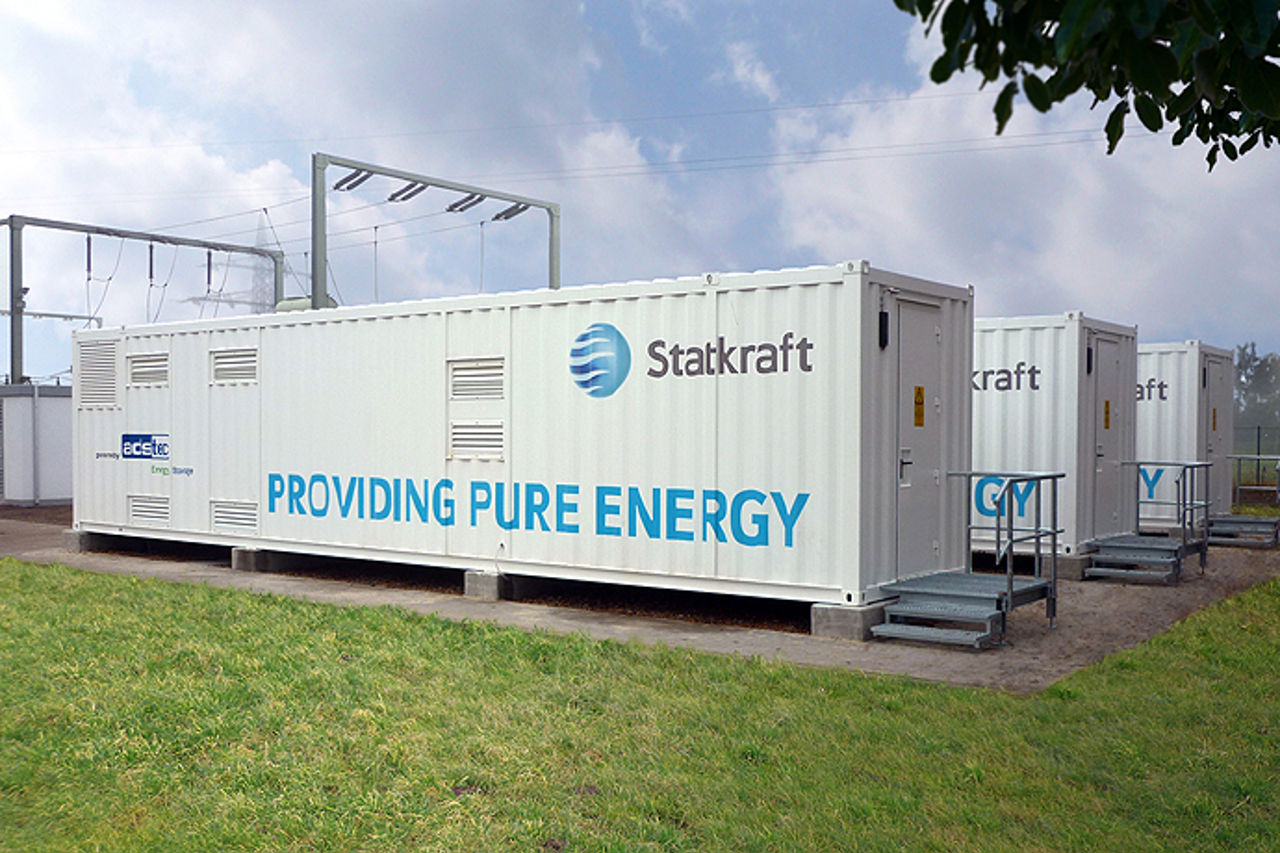
In 2016, Statkraft installed a large set of batteries at the Dörverden run-of-river power plant in Germany.
Renewable: Balancing with batteries
Solar cells generate power when the sun shines, and wind turbines when the wind blows, but not necessarily when the need for energy is greatest. Can batteries store renewable energy "in a can" – for later use?
Read more

Renewables leader Statkraft boosts solar capability with the acquisition of Solarcentury
Statkraft, Europe’s largest producer of renewable energy, has signed an agreement to acquire the solar pioneer Solarcentury. Together the companies are well positioned for accelerated growth in solar and to become one of the world’s leading renewable energy companies.
Read more
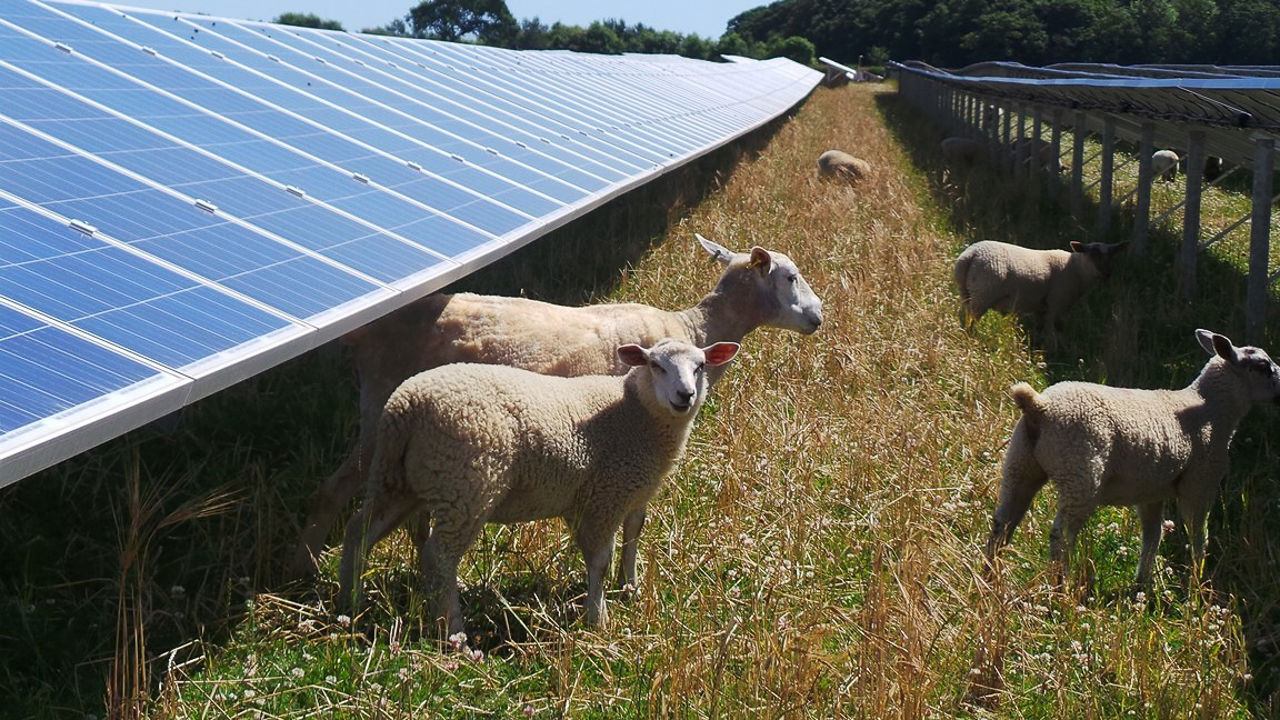
Your questions answered
How does solar power work and what to expect as a resident living near a solar farm? We've compiled a list of the most frequently asked questions here.
Learn more